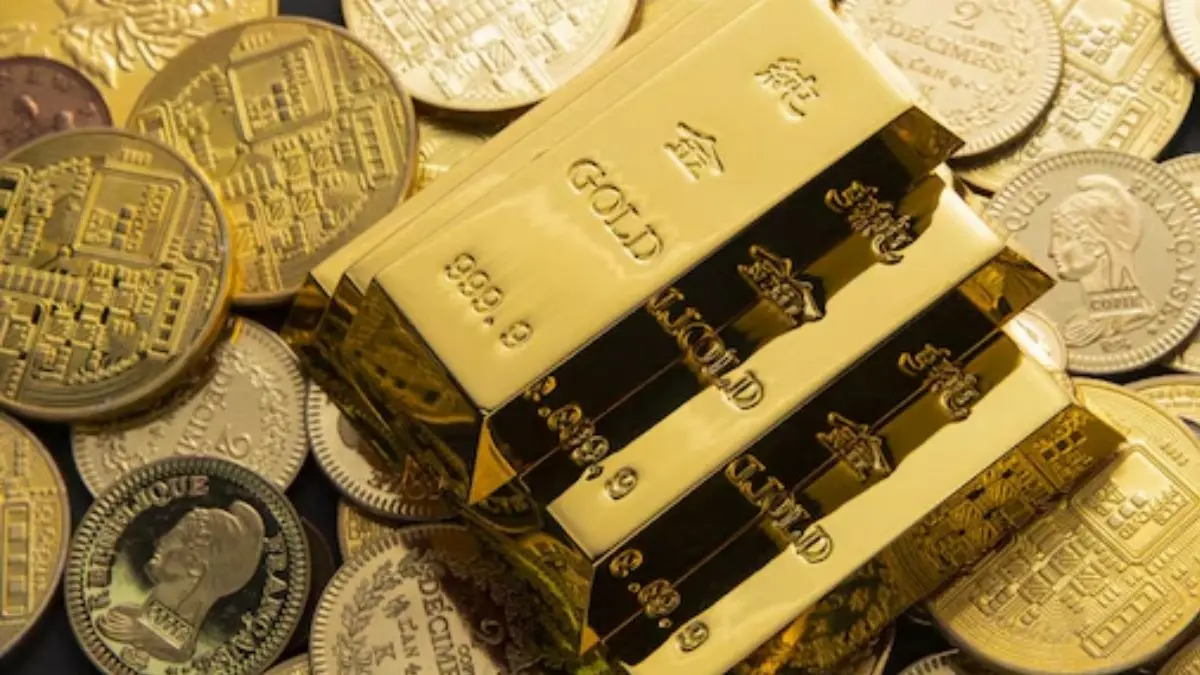Updated 29 June 2025 at 16:57 IST
RBI’s Secret Gold Vault Unveiled for the First Time: Crores in Every Brick – Watch India’s Hidden Treasure
RBI opens its hidden gold vault in ‘RBI Unlocked.’ Crores in every brick, India’s currency secrets, and a 90-year legacy revealed for the first time.
- Republic Business
- 3 min read

In a first-of-its-kind move, the Reserve Bank of India (RBI) has opened its hidden gold vault to public view, offering a rare glimpse into the heart of the nation's financial strength. This secretive treasure trove has been featured in the new documentary series ‘RBI Unlocked: Beyond the Rupee,’ streaming on Jio Hotstar.
This five-part documentary aims to lift the veil on the RBI’s critical functions, giving citizens an unprecedented inside look at India’s central bank on its 90th anniversary.
Crores in Every Brick: What’s Inside RBI’s Gold Vault?
The documentary shows gold bricks weighing 12.5 kg each, stored under tight security in India. These bricks aren’t just metal—they're worth crores of rupees each and together represent India’s 870 tonnes of gold reserves.
RBI officials in the film highlight gold’s lasting value: “Countries will rise and fall. Economies will have ups and downs. But gold will always maintain its value.”
After the 1991 balance of payments crisis forced India to pledge part of its gold abroad, the RBI dramatically increased its gold holdings over the decades to guard against future shocks.
As of the latest data, the RBI’s gold reserves are valued at over $85 billion, making them one of the strongest tools to maintain forex stability and investor confidence.
Exclusive Access: RBI Unlocked Documentary on Jio Hotstar
‘RBI Unlocked: Beyond the Rupee,’ produced by Chalkboard Entertainment, is a visual history of the RBI’s evolution over 90 years. It brings out how the central bank has transformed into a full-service monetary authority, managing everything from currency and banking regulation to interest rates and financial inclusion.
The Story Behind India’s Currency: A ‘Made in India’ Success
The documentary also tells the lesser-known story of India’s currency revolution. Once, India imported special security paper for its currency, relying on a handful of global firms—raising risks of counterfeit notes.
Former RBI Deputy Governor Usha Thorat explains that in 2010, investigations found fake notes of remarkably high quality, thanks to this reliance on imported materials.
In response, the RBI set up its own facilities in Dewas (Madhya Pradesh), Nasik (Maharashtra), Salboni (West Bengal), and Mysuru (Karnataka) to produce security paper, ink, and other materials domestically.
Today, all Indian currency is truly ‘Made in India’—a major achievement for security and self-reliance. RBI notes boast over 50 security features, many invisible to the naked eye but essential to beating counterfeiters.
Why This Transparency Matters
This documentary marks a new era of openness for the RBI. Historically seen as secretive and opaque, the central bank is now proactively showing citizens how it safeguards their wealth and the nation’s stability.
By showcasing its gold reserves, production facilities, and policymaking processes, the RBI wants to build public awareness and trust, reinforcing its role as the guardian of India's financial health.|
As India emerges as a major economic power, this transparent approach signals confidence in the country's institutions—and in its golden future.
Also Read: India Cracks Down on Bangladeshi Jute Import: Major Trade Blow Explained
Published By : Rajat Mishra
Published On: 29 June 2025 at 16:57 IST
